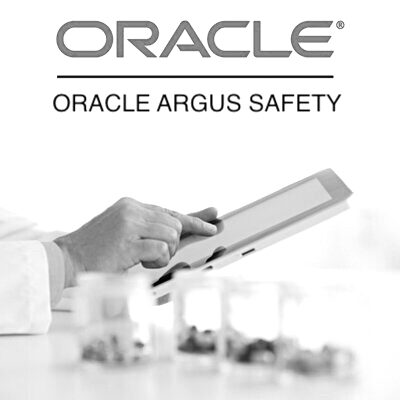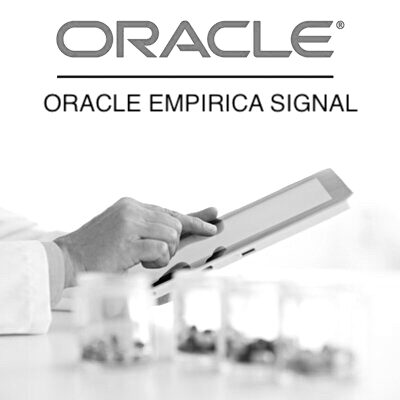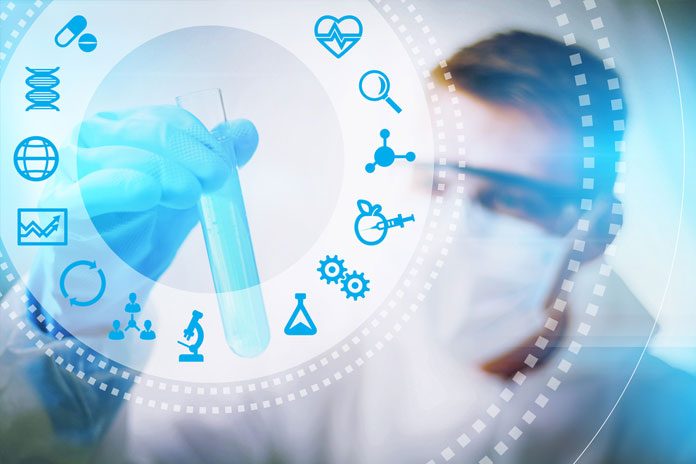In this post we discuss about the History of Pharmacovigilance, its definition and the events that led to the need for pharmacovigilance.
Table of Contents
- Old Definition of Pharmacovigilance
- New Definition of Pharmacovigilance
- The Initiation of Pharmacovigilance – The Thalidomide tragedy
- History of Pharmacovigilance
- Need for Pharmacovigilance
- You may be interested in…
- Oracle Argus Safety Essentials
- Oracle Argus Safety Essentials + Console
- Oracle Argus Safety – Live Online
- Oracle Argus Safety + Console – Live Online
- Oracle Empirica Signal
- Oracle Empirica Signal – Live Online
- Diploma in Pharmacovigilance
- Argus Safety – Business Configuration and Administration
Old Definition of Pharmacovigilance
Pharmacovigilance is the detection in the community of drug effects, usually adverse.
Pharmacovigilance maybe passive (the collection of spontaneous reports) or active (structured), where patients and prescribers are recruited and surveyed. *A Dictionary of Pharmacology and Clinical Drug Evaluation: Desmond Laurence and John Carpenter (1994).
New Definition of Pharmacovigilance
Pharmacovigilance is a continuous process and the definition of pharmacovigilance has been revised a number of times. A newer definition as per WHO defines phamacovigilance as:
“The science and activities relating to the detection, assessment, understanding and prevention of adverse effects or any other possible medicines-related problems”
The Initiation of Pharmacovigilance – The Thalidomide tragedy
In the beginning there was thalidomide. It can be argued that the history of pharmacovigilance dates back further, but for practical purposes, the story of modern pharmacovigilance begins here.
Thalidomide was a drug, which after years of extensive animal tests, was first marketed as an over-the-counter sedative: it came to be used by pregnant women in many countries during the late 1950s and early 1960s as a treatment for morning sickness.
By the time the drug was banned, more than 10,000 children had been born with major thalidomide-related problems. A common pattern of limb deformities, termed phocomelia from the Greek word for ‘seal limbs’, emerged including shortening or missing arms with hands extending from the shoulders, absence of the thumb and the adjoining bone in the lower arm and similar problems with the lower extremities.
The drug also caused abnormalities in the eyes, ears, heart, genitals, kidneys, digestive tract (including the lips and mouth), and nervous system. This tragedy triggered many minds to actually initiate system which could measure adverse effects of drugs.
Thalidomide is not merely of historical interest since in the last few years it has made something of a comeback. The reasons for this exemplify the point about risk management since the risk of fetal malformation can be successfully managed by avoidance of the drug during pregnancy. It also demonstrates another concept which is central to the practice of pharmacovigilance – the balance of risk and benefit.
Thalidomide appears to have benefits in some diseases that are otherwise difficult to treat conditions e.g. refractory multiple myeloma. These appear to outweigh the risks of fetal malformation if there is an effective pregnancy prevention scheme in place. A further point which thalidomide illustrates well and is relevant to many other drug safety issues, is that not everyone is at the same risk of a particular adverse
event.
In this case a substantial part of the population i.e. Women who are not of child bearing capacity, are not at risk at all.
Main lessons from thalidomide:
- The need for adequate testing of medicines prior to marketing.
- The need for government regulation of medicines
- The need for systems to identify the adverse effects of medicines
- The potential relationship between marketing claims and safety of unnecessary medicines during pregnancy
- That some risks can be successfully minimized.
The ramifications of the thalidomide tragedy were many-fold but the key lesson for the development of pharmacovigilance was that active systems for detecting hazards are needed. Within a few years this had been taken forward with the introduction of voluntary (or spontaneous’) schemes for reporting of suspected adverse drug reactions (ADR’s).
The Thalidomide tragedy in a way defined the History of Pharmacovigilance.
History of Pharmacovigilance
The Sixteenth World Health Assembly (1963) adopted a resolution (WHA 16.36) to reaffirm the need for early action in regard to rapid dissemination of information on ADRs.
WHO conducted a Pilot Research Project for International Drug Monitoring in 1968; Now it has expanded and developed into the WHO Program for International Drug Monitoring co-coordinated by the Uppsala Monitoring Centre (UMC) in Uppsala, Sweden.
Need for Pharmacovigilance
Drug development process has few limitations. One of them is that the safety data which comes out of clinical trials is incomplete, since clinical trials are conducted for a limited span of time in a certain patient population. Hence we need to evaluate the drugs complete response on a longer duration.
Preclinical developments i.e., animal testing of drug may not be completely reliable since drug behavior may vary in humans; hence a long term rigorous drug testing is necessary to establish its safety.
Also, in clinical trials the drugs are being tested under vigilant criteria, with selected number of patients, a scenario that is completely different from real world where a drug may behave differently in complicated disease conditions and in poly-pharmacy kind of administration. Hence there is now potent to study drug profile under such circumstances.
Also, information often collected is incomplete or not available on:
- Rare but serious reactions
- Use of vulnerable groups (pregnancy, children, elderly)
- Risks of long term, repeated use, interactions etc.
This completes our Overview of Pharmacovigilance. We hope this gives you flavour the key terminologies in pharmacovigilance and a flavour of this allied science.
For a deep insight into the world of Pharmacovigilance, subscribe to our Pharmacovigilance Knowledgebase
Want to explore a career in Pharmacovigilance? Join our Diploma in Pharmacovigilance program and kick-start a career in Pharmacovigilance and Oracle Argus Safety.
Already completed a program in Pharmacovigilance. Enhance your expertise on the Oracle Argus Safety software by pursuing our Oracle Argus Safety program. You can also subscribe for 24×7 access to the Oracle Argus Safety software for practice.
You may be interested in…
-
 eLearning + software
eLearning + softwareOracle Argus Safety Essentials
$599.00 -
 eLearning + software
eLearning + softwareOracle Argus Safety Essentials + Console
$799.00 -
 Live Online
Live OnlineOracle Argus Safety – Live Online
$999.00 -
 Live Online
Live OnlineOracle Argus Safety + Console – Live Online
$999.00 -
 eLearning + software
eLearning + softwareOracle Empirica Signal
$599.00 -
 Live Online
Live OnlineOracle Empirica Signal – Live Online
$999.00 -
 eLearning + software
eLearning + softwareDiploma in Pharmacovigilance
$799.00 -
 eLearning + software
eLearning + softwareArgus Safety – Business Configuration and Administration
$599.00

